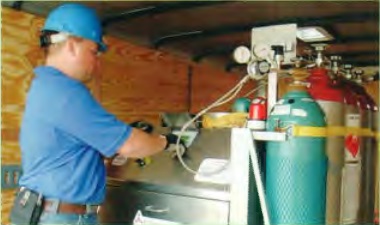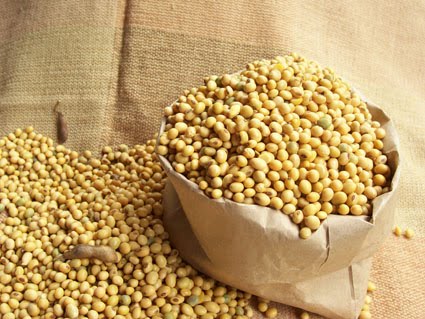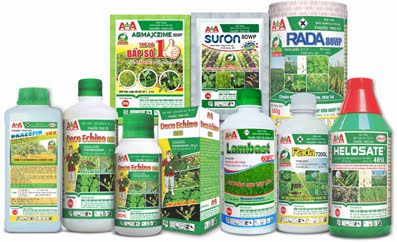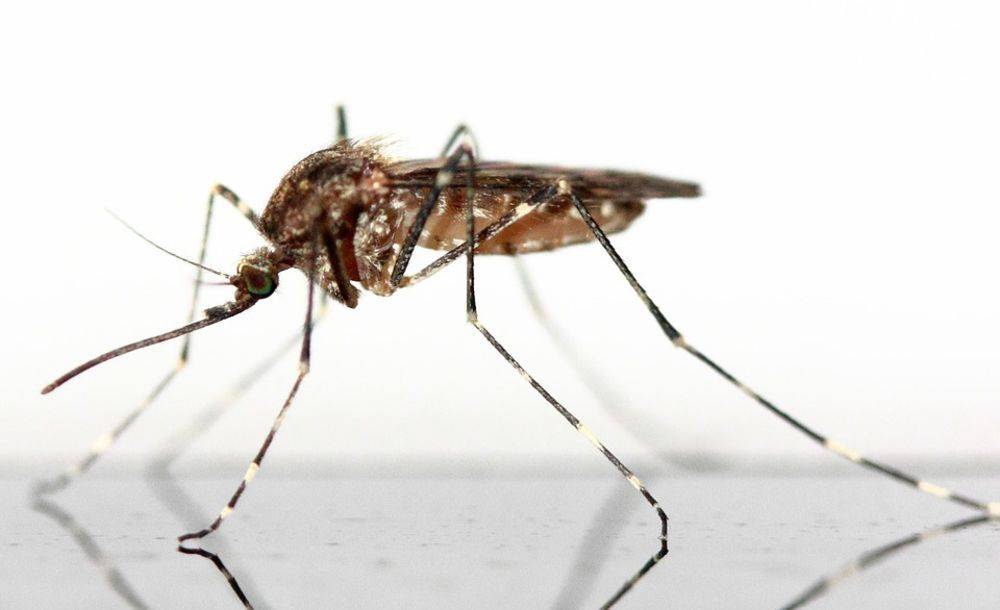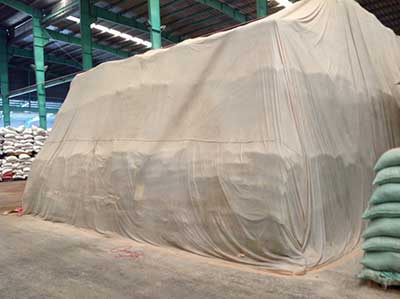“Pheromones Kitchen”
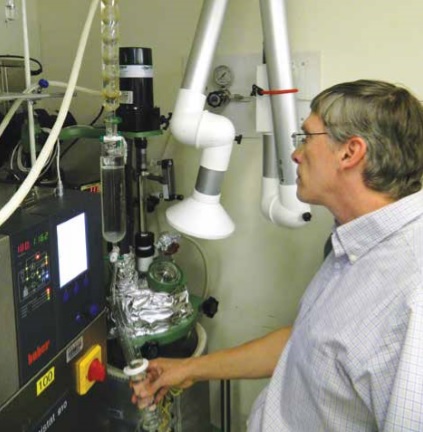 Have you ever wondered what happens in the pheromone synthesis lab? It can be like cooking in the kitchen. You can create a complete product like soup, but in the process there are some steps to prepare, clean, boil, filter, and of course tasting. Pheromones are started with raw materials (chemistry). The formulas to get from step one to step two can vary from chemist to chemist, so composition and how to combine them is the choice of scientists to determine the quality, The number and chemical structure at the end of each step. During the process, if the finished product is not up to standard, it will be discarded (properly handled) and the process must start again. Sometimes the ingredients are boiled to combine them; Other components are frozen to -110 ° F before they can be combined because they will burn. Often we have to combine them under nitrogen once again because they can ignite. After completing an initial product, it can be filtered to remove solids, or it can be distilled to obtain pure ingredients. Product purity is the most important factor before moving on to the next step.
Have you ever wondered what happens in the pheromone synthesis lab? It can be like cooking in the kitchen. You can create a complete product like soup, but in the process there are some steps to prepare, clean, boil, filter, and of course tasting. Pheromones are started with raw materials (chemistry). The formulas to get from step one to step two can vary from chemist to chemist, so composition and how to combine them is the choice of scientists to determine the quality, The number and chemical structure at the end of each step. During the process, if the finished product is not up to standard, it will be discarded (properly handled) and the process must start again. Sometimes the ingredients are boiled to combine them; Other components are frozen to -110 ° F before they can be combined because they will burn. Often we have to combine them under nitrogen once again because they can ignite. After completing an initial product, it can be filtered to remove solids, or it can be distilled to obtain pure ingredients. Product purity is the most important factor before moving on to the next step.
Some pheromones only require the assembly of a pot and the product is made in one or two days of mixing. Purification may take several days. Some pheromones have a few steps (from 6 to 15). The more pheromone steps, the more expensive. Glass basins are used in sizes ranging from small to large as a beer.
Once the pheromone is created, it is used alone or in combination with other pheromones to create a particularly attractive blend for one or two insects including: beetle, cigarette, beetle Black mats, furniture floor mats, caterpillars, wheat weevil, angoumois moths …
(According to fumigationzone.com)


